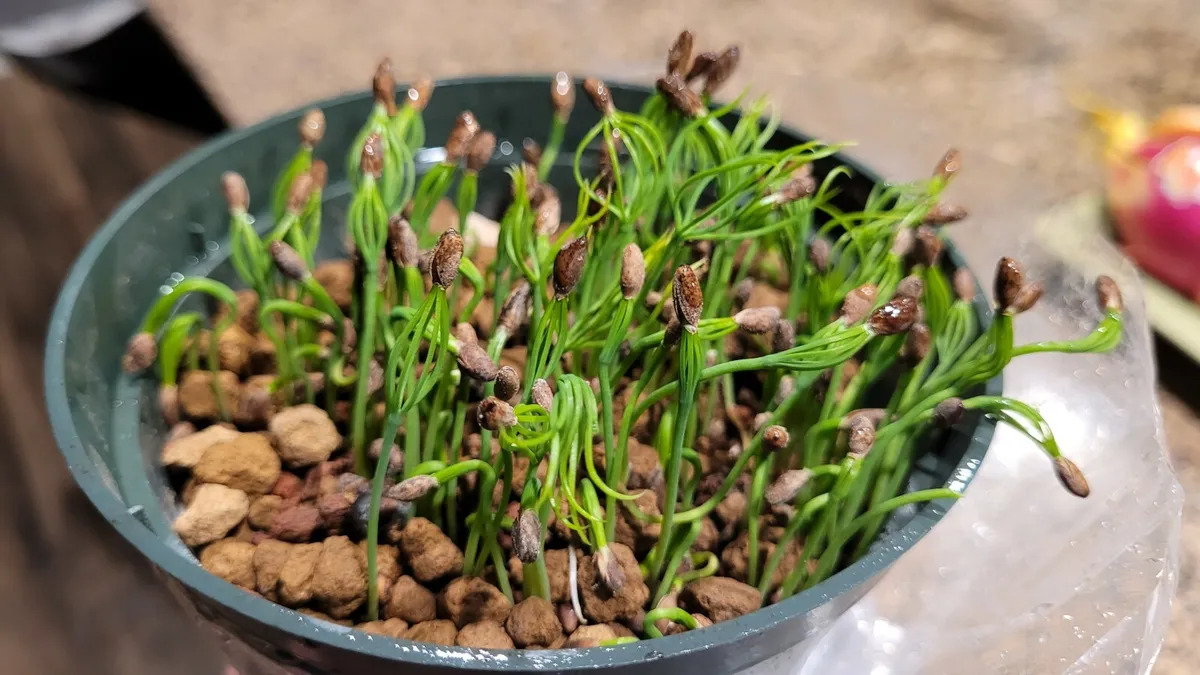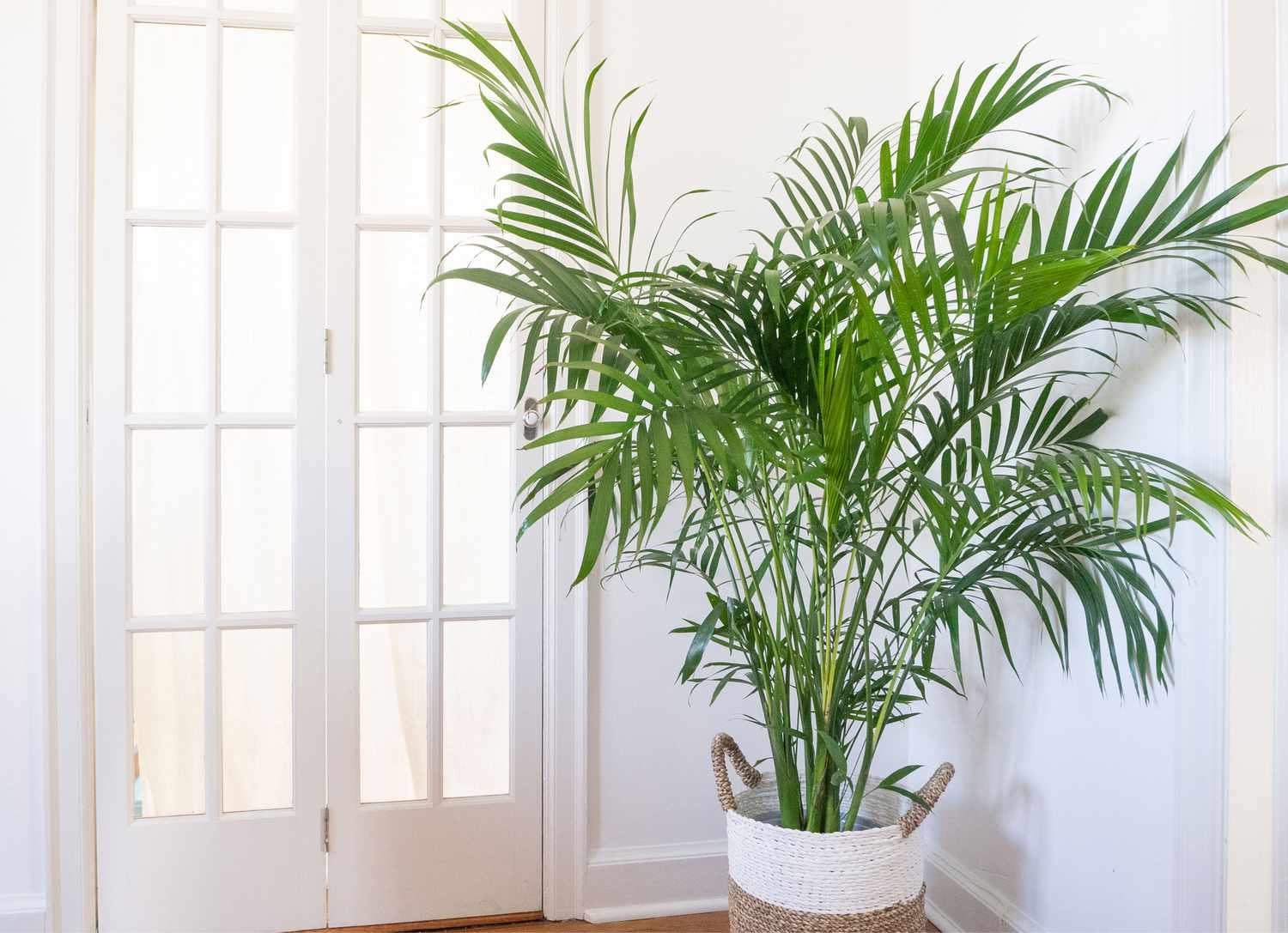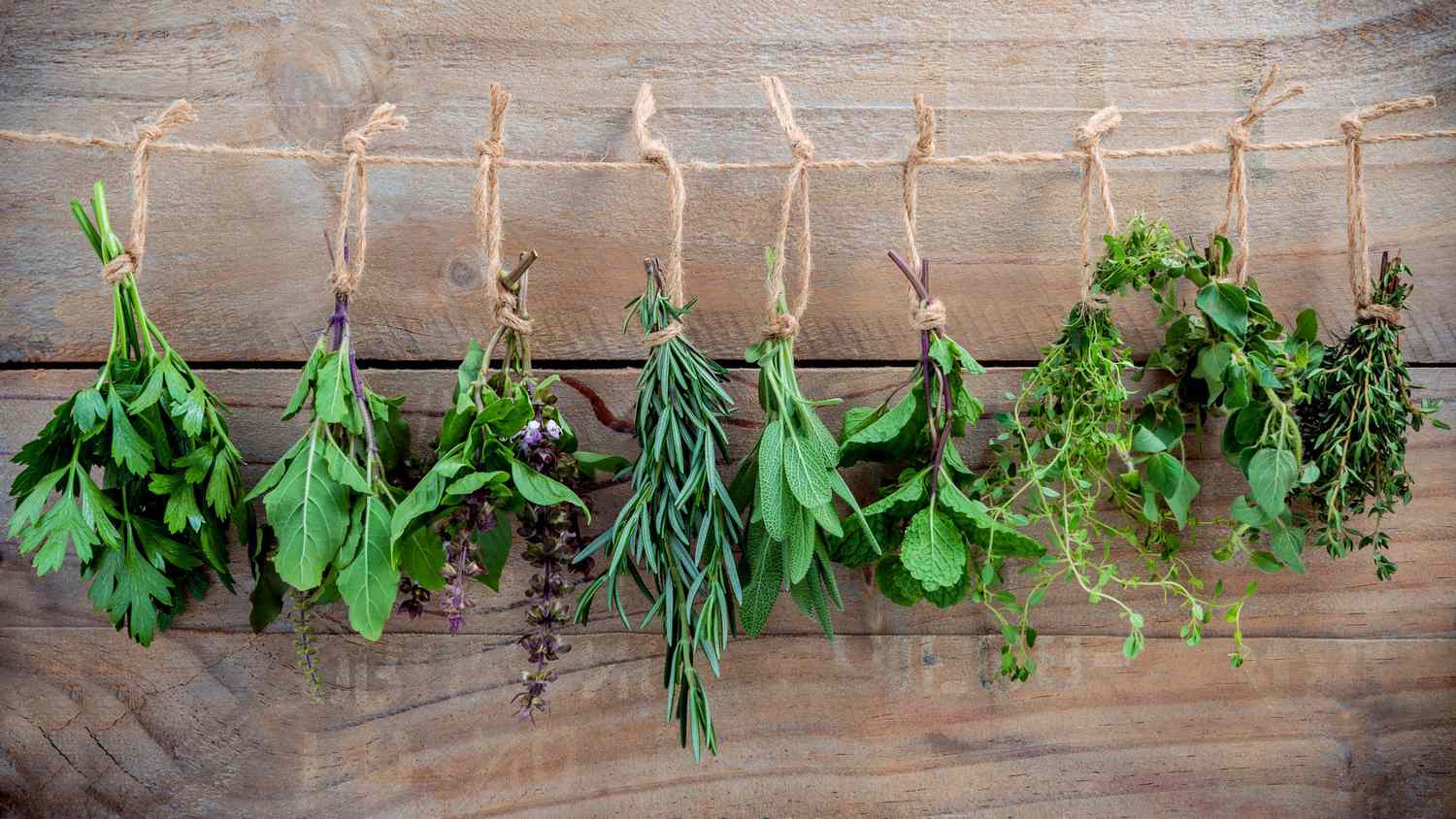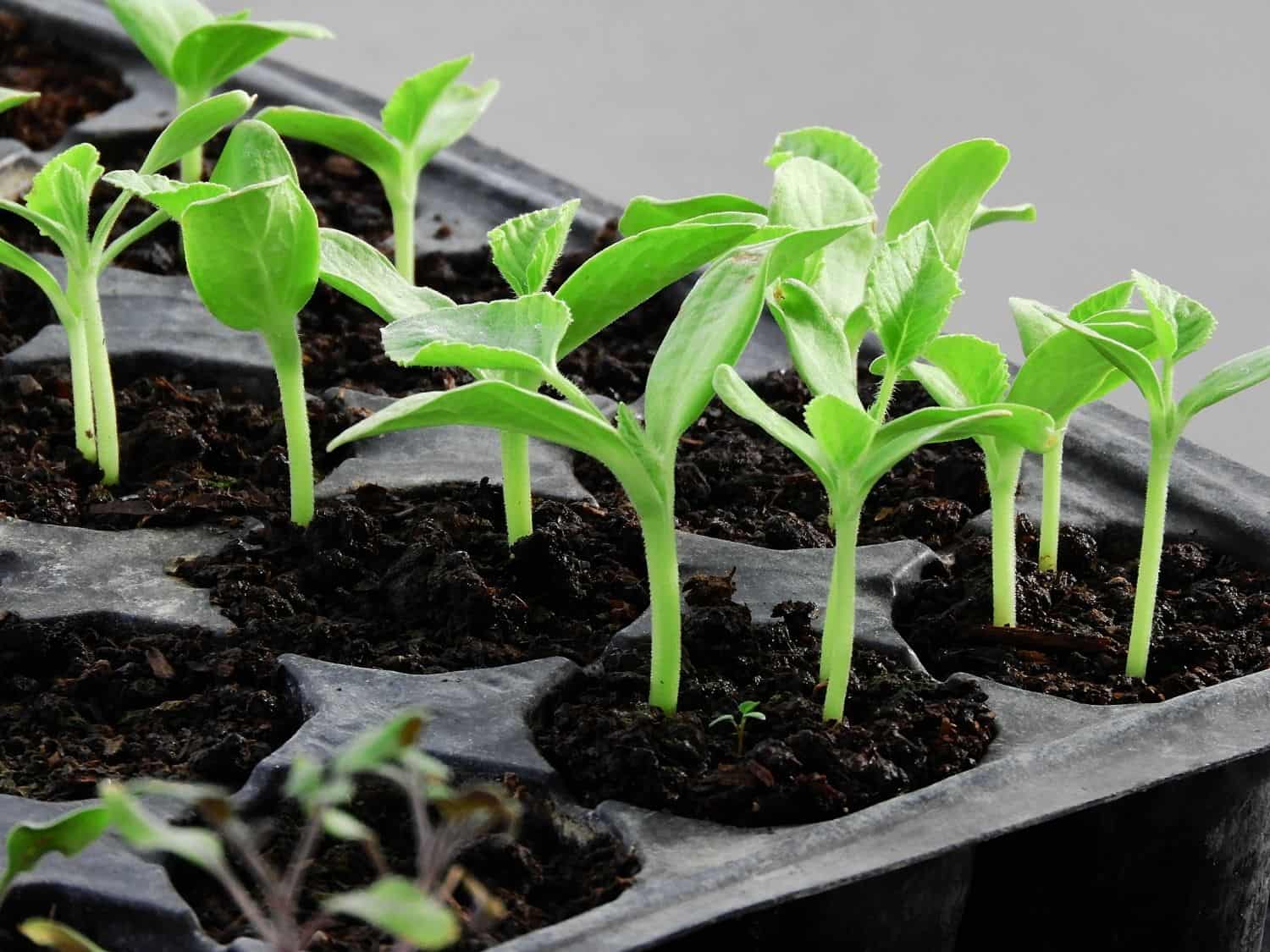Home>Gardening Techniques>Plant Care>How To Care For Hanging Succulents


Plant Care
How To Care For Hanging Succulents
Modified: January 22, 2024
Learn the best practices and tips for caring for your hanging succulents with this comprehensive plant care guide. Ensure your succulents thrive with proper care techniques.
(Many of the links in this article redirect to a specific reviewed product. Your purchase of these products through affiliate links helps to generate commission for Chicagolandgardening.com, at no extra cost. Learn more)
Table of Contents
- Introduction
- Choosing the Right Hanging Succulents
- Selecting the Perfect Hanging Containers
- Optimal Placement for Hanging Succulents
- Watering Techniques for Hanging Succulents
- Providing Adequate Sunlight
- Pruning and Maintenance Tips
- Dealing with Common Pests and Diseases
- Propagation Methods for Hanging Succulents
- Conclusion
Introduction
Hanging succulents are a stunning addition to any indoor or outdoor space. With their unique and diverse shapes, colors, and textures, they can instantly transform a dull corner into a vibrant oasis. Not only are they aesthetically pleasing, but they are also relatively low maintenance, making them an ideal choice for both experienced plant enthusiasts and beginners.
Succulents are known for their ability to store water in their leaves, stems, and roots, allowing them to survive in arid conditions. This characteristic makes them particularly well-suited for hanging planters, as the gravitational pull encourages efficient water distribution and prevents waterlogged roots.
In this article, we will delve into the world of hanging succulents and explore how to care for them to ensure their health and longevity. From selecting the right succulents and containers to providing the optimal growing conditions, pruning techniques, and dealing with common pests and diseases, you will have all the knowledge you need to create a stunning display of hanging succulents.
Whether you have a small apartment with limited space or a spacious backyard garden, hanging succulents can be a versatile and eye-catching solution. So, let’s get started on this journey of discovery and learn how to care for these unique and beautiful plants.
Choosing the Right Hanging Succulents
When it comes to selecting hanging succulents, there are a few factors to consider. First and foremost, you should choose varieties that are well-suited for hanging planters. Look for trailing or cascading succulents that have long, flexible stems. Some popular choices include String of Pearls (Senecio rowleyanus), Donkey’s Tail (Sedum morganianum), and Burro’s Tail (Sedum burrito).
In addition to their growth habit, take into account the lighting conditions in your space. Some succulents thrive in bright, indirect light, while others can tolerate partial shade. Consider the amount of sunlight the hanging succulents will receive in their intended location and choose varieties accordingly.
Another factor to consider is the size of the hanging succulents. It’s essential to choose plants that are proportional to the size of your hanging containers. If the succulents are too large, they may become overcrowded or heavy, which can strain the planters. On the other hand, if the plants are too small, they might get lost in the arrangement and not have the desired impact.
Lastly, consider your own personal preferences and the overall aesthetic of your space. Succulents come in a wide range of colors, shapes, and textures. Whether you prefer vibrant hues or soothing tones, there is a succulent to suit your taste. Consider using a variety of succulents with contrasting colors and textures to create an eye-catching and visually appealing display.
By carefully selecting the right hanging succulents, you can create a visually stunning and cohesive arrangement that will thrive in their new home. Remember to consider their growth habit, lighting needs, size, and personal preferences to ensure a beautiful and balanced display of hanging succulents.
Selecting the Perfect Hanging Containers
Choosing the right containers for your hanging succulents is essential for their health and overall aesthetic appeal. Here are a few factors to consider when selecting the perfect hanging containers.
Material: Hanging containers can be made from various materials, including ceramic, terracotta, plastic, or even woven materials like macramé. Each material has its advantages and considerations. Ceramic and terracotta containers provide excellent drainage and insulation, but they can be heavier and more prone to breakage. Plastic containers are lightweight, durable, and come in various colors and styles. Woven containers, such as macramé plant hangers, add a bohemian touch to your space but may require additional liners for adequate moisture retention. Consider the look, functionality, and durability of the container material before making your choice.
Size and Shape: The size of the hanging container should be proportionate to the size and growth habit of the succulent. Ensure that the container has enough space to accommodate the root system and allow for growth. A container that is too small can restrict root growth, leading to stunted development. Additionally, consider the shape of the container. Round or bowl-shaped containers work well for cascading succulents, while shallow and elongated containers are suitable for trailing varieties.
Drainage: Proper drainage is crucial for the health of your hanging succulents. Make sure the containers have drainage holes at the bottom to allow excess water to flow out. If you choose a container without drainage holes (such as a decorative ceramic container), add a layer of gravel or small rocks at the bottom to create a reservoir for excess water. This will prevent water from sitting at the bottom and causing root rot.
Hanging Mechanism: Consider the hanging mechanism of the containers. Some containers come with built-in hooks or hangers, while others may require additional hardware. Ensure that the hanging mechanism is secure and suitable for the weight of the container and the succulent. If using a macramé hanger, make sure the knots are tight and the hanger can support the weight of the plant.
Uniqueness: Lastly, consider the overall aesthetic of your space and choose containers that complement your style. Get creative with different shapes, colors, and textures to add visual interest and create a unique hanging succulent display.
By considering the material, size and shape, drainage, hanging mechanism, and uniqueness of the containers, you can ensure that your hanging succulents have the perfect homes. Remember to prioritize functionality and aesthetics to create a visually appealing display that allows your succulents to thrive.
Optimal Placement for Hanging Succulents
Choosing the right placement for your hanging succulents is crucial for their growth and overall well-being. Here are some key factors to consider when determining the optimal placement:
Lighting: Most succulents thrive in bright, indirect sunlight. Place your hanging succulents in areas that receive a few hours of indirect sunlight each day. East or west-facing windows are ideal as they provide bright but indirect light. Avoid placing your succulents in direct sunlight, as it can scorch their leaves and cause damage. If your space lacks natural light, you can also use artificial grow lights to supplement their lighting needs.
Temperature: Succulents prefer moderate temperatures, typically between 60-85°F (15-29°C). Avoid placing your hanging succulents in areas with extreme temperature fluctuations or direct exposure to drafts or heating vents. Keep them away from air-conditioning units or radiators, as sudden temperature changes can stress the plants.
Humidity and Air Circulation: Succulents prefer low humidity levels, so ensure that your hanging succulents are not placed in overly humid areas such as bathrooms or kitchens. Good air circulation is also important for preventing fungal diseases and promoting optimal growth. If the area lacks natural airflow, use a fan to ensure proper ventilation.
Space: Consider the available space and surroundings when placing your hanging succulents. Ensure that there is enough room for the plant to grow and trail without being obstructed by other objects. Avoid overcrowding, as this can impede air circulation and increase the risk of pests and diseases.
Accessibility: Hanging succulents require regular maintenance, including watering, pruning, and inspecting for pests. Ensure that the placement allows for easy access so that you can tend to your plants without any difficulties. Consider the height of the hanging containers and make sure they are at a comfortable level for care and maintenance.
By carefully considering the lighting, temperature, humidity, air circulation, space, and accessibility of the placement, you can provide the optimal environment for your hanging succulents to thrive. Remember to periodically evaluate the placement and make adjustments as needed to ensure the continued health and beauty of your hanging succulents.
Watering Techniques for Hanging Succulents
Proper watering is essential for the health and survival of hanging succulents. Since these plants are in an elevated position, water drainage and distribution can be more challenging. Here are some watering techniques to ensure your hanging succulents receive the right amount of moisture:
Watering Frequency: The frequency of watering will depend on various factors such as the succulent species, container size, temperature, and humidity levels. As a general rule, it’s better to underwater than overwater succulents. Allow the soil to dry out partially between waterings. Stick your finger about an inch into the soil – if it feels dry, it’s time to water. Avoid a rigid watering schedule and adjust based on the specific needs of your plants.
Watering Method: Use a gentle, controlled watering method to avoid disturbing the soil or compacting it. One effective technique is bottom watering, where you place the hanging container in a shallow tray of water and allow the soil to soak up the moisture from the bottom. This encourages the succulent roots to grow downwards while ensuring the top layer of soil dries out between waterings. Alternatively, you can use a watering can with a narrow spout to direct the water precisely where it’s needed.
Giving Time to Drain: After watering, allow excess water to drain thoroughly from the container. Hanging succulents should never sit in stagnant water, as this can lead to root rot and other issues. Ensure that your hanging containers have proper drainage holes and that water can flow freely without pooling at the bottom. Empty any excess water from the tray or saucer beneath the container.
Spraying or Misting: In addition to regular watering, you can occasionally mist or spray the foliage of your hanging succulents. This provides a boost of hydration and helps keep the leaves clean and free from dust. However, avoid misting too frequently, as succulents are susceptible to rotting if their leaves remain constantly wet.
Seasonal Adjustments: During the cooler seasons or when growth slows down, reduce the frequency of watering as succulents require less moisture. Monitor the soil moisture levels and adjust your watering routine accordingly. Additionally, be cautious about overwatering during rainy seasons, as hanging succulents may receive additional moisture from natural rainfall.
By following these watering techniques and being attentive to the specific needs of your hanging succulents, you can help maintain their health and prevent water-related issues. Remember that finding the right balance of moisture is key to the success of your hanging succulents.
Providing Adequate Sunlight
Adequate sunlight is crucial for the growth and overall health of hanging succulents. These plants are well-adapted to thrive in bright, indirect light conditions. Here are some tips for providing optimal sunlight for your hanging succulents:
Understanding Light Requirements: Different succulent species have varying light requirements. Some succulents thrive in full sun, while others prefer partial shade. Research the specific light needs of the succulent varieties you have or consult with your local plant nursery to determine their optimal lighting conditions.
Placement near Windows: Place your hanging succulents near east or west-facing windows where they will receive several hours of indirect sunlight. Direct sunlight can be too intense for many succulents and may lead to sun damage. Monitor the intensity of sunlight coming through the windows and adjust the placement accordingly to avoid scorching.
Using Sheer Curtains or Filters: If your windows receive intense sunlight, you can use sheer curtains or blinds to filter and diffuse the light. This helps to create a more favorable lighting environment for your hanging succulents and prevents the leaves from getting burned.
Rotating the Containers: Succulents tend to lean towards the light source, causing uneven growth and potentially stretching their stems. To promote balanced growth, rotate the hanging containers every few weeks. This ensures that all parts of the succulent receive equal exposure to sunlight, resulting in a more symmetrical and visually appealing growth.
Supplementing with Grow Lights: If you’re unable to provide sufficient natural light, you can consider using artificial grow lights. LED or fluorescent grow lights are specifically designed to mimic the natural spectrum of sunlight and provide the necessary light intensity for plant growth. Hang the grow lights above your hanging succulents and set the timer to simulate a natural day-night cycle.
Monitoring and Adjusting: Observe your hanging succulents regularly to assess how they respond to the sunlight they receive. Look for signs of sunburn, such as brown or white patches on the leaves, and adjust the placement if necessary. On the other hand, if your succulents start stretching or becoming leggy, it may be an indication that they are not getting enough light. Gradually move them to a brighter location to encourage compact and healthy growth.
By understanding the light requirements of your hanging succulents and providing them with the appropriate level of sunlight, you can ensure vigorous growth and vibrant foliage. Whether through natural sunlight or supplemental grow lights, creating an optimal lighting environment is essential for the overall success of your hanging succulents.
Pruning and Maintenance Tips
Regular pruning and maintenance are essential to keep your hanging succulents looking healthy and beautiful. Here are some tips to help you maintain your succulents and promote their optimal growth:
Remove Dead or Yellowing Leaves: As succulents grow, older leaves may naturally die off or turn yellow. Use clean and sharp pruning shears or scissors to carefully remove these leaves as close to the stem as possible. Removing dead or yellowing leaves not only improves the overall appearance but also prevents the spread of diseases or pests.
Control Overgrowth: Over time, some hanging succulents can become leggy or sprawling. To promote a more compact and bushy growth habit, prune back the stems. Cut the stems just above a leaf node to encourage new growth and branching. This will result in a fuller and more visually appealing plant.
Trimming Long Stems: If the trailing stems of your hanging succulents become too long or start to touch the ground, you can trim them back. Cut the stems to the desired length, just above a leaf node. This will help maintain the plant’s shape and prevent it from becoming unruly.
Propagate Through Pruning: Pruning provides an opportunity to propagate new succulent plants. Take the cuttings you have removed and allow them to dry and callus for a few days. Then, place the cuttings in well-draining soil or a succulent propagation mix, keeping them lightly moist until they develop roots. With proper care, you can grow new plants from the pruned cuttings.
Inspect for Pests and Diseases: Regularly check your hanging succulents for any signs of pests or diseases. Common succulent pests include mealybugs, aphids, and spider mites. If you notice any signs of infestation, such as webs, sticky residue, or distorted leaves, treat the affected plants promptly. Use natural or organic pest control methods or consult with a local nursery for suitable treatments.
Keep an Eye on Soil Moisture: Monitor the moisture levels of the soil regularly, especially during the growing season. Ensure that the soil has dried out partially before watering again. Overwatering can lead to root rot, while underwatering can cause the plants to become dehydrated. Finding the right balance is crucial for healthy succulents.
Remember to wear protective gloves when pruning succulents, as some varieties may have sharp thorns or spines. Regular maintenance and proactive care will keep your hanging succulents in their best condition, allowing them to thrive and beautify your space for years to come.
Dealing with Common Pests and Diseases
Like any other plants, hanging succulents are susceptible to pests and diseases. Here are some common issues you may encounter and how to deal with them effectively:
1. Mealybugs: Mealybugs are tiny, white, cotton-like pests that often infest succulents. To control them, isolate the affected plant and manually remove the pests using a cotton swab dipped in rubbing alcohol or a mixture of water and dish soap. Repeat this process regularly to ensure all mealybugs are eliminated.
2. Aphids: Aphids are small, soft-bodied insects that cluster on the stems and leaves, sucking sap from the plant. Use a strong jet of water to dislodge them or apply insecticidal soap or neem oil spray to eliminate the infestation. Repeat the treatment every few days until all aphids are gone.
3. Spider Mites: Spider mites are minuscule pests that leave behind fine webbing and cause the leaves to turn yellow or mottled. Prune affected areas and remove any visible insects or webs. Wash the plant with soapy water and wipe the leaves with a damp cloth. Use neem oil or insecticidal soap spray to control the infestation.
4. Root Rot: Overwatering and poorly-draining soil can cause root rot. To prevent this, ensure that your hanging succulents are in well-draining soil and that excess water can freely flow out of the containers’ drainage holes. If root rot has already occurred, remove the affected parts, repot the plant in fresh soil, and adjust your watering habits.
5. Fungal Diseases: Fungal diseases such as rot or powdery mildew can occur if the succulent foliage remains wet for extended periods. Improve air circulation around the plants by providing proper spacing and ensuring the hanging containers have sufficient drainage. If fungal diseases are identified, remove the affected parts and apply a suitable fungicide as directed.
6. Prevention: To prevent pests and diseases, practice good succulent care habits. Avoid overwatering and provide proper lighting and ventilation. Check plants regularly for signs of infestation or disease, and address issues promptly before they can spread to other plants.
If you are unsure about identifying or treating pests or diseases on your hanging succulents, consult a local nursery or a plant specialist for guidance. The earlier you address these issues, the better chance you have of keeping your hanging succulents healthy and thriving.
Propagation Methods for Hanging Succulents
Propagation is an exciting way to expand your collection of hanging succulents. Here are some common propagation methods that you can try to propagate your succulents:
1. Leaf Cuttings: Leaf cuttings are one of the simplest and most popular methods for succulent propagation. Gently remove a healthy leaf from the parent plant, ensuring that a small portion of the stem is attached. Allow the leaf cutting to dry for a few days until a callus forms. Then, place the leaf cutting on well-draining soil or a succulent propagating mix. Keep the soil lightly moist, and roots will eventually develop from the stem end, while a new plantlet grows from the base of the leaf.
2. Stem Cuttings: Stem cuttings can be taken from trailing or cascading succulents. Using sterilized pruning shears, cut a stem segment just below a leaf node. Allow the cutting to dry and callus for a few days. Then, plant the stem cutting in well-draining soil or a succulent propagation mix. Water sparingly until new roots form, and the cutting begins to show signs of growth.
3. Division: Some succulents, like certain types of Sedums, produce offsets or “pups” that can be separated from the mother plant. Gently lift the plant from its pot and carefully separate the offsets using clean hands or sterilized tools. Ensure that each offset has some roots attached. Plant the offsets in their own containers using well-draining soil, and water lightly until they establish their roots.
4. Offshoots or Runners: Trailing succulents like String of Pearls or Burro’s Tail produce runners with small plantlets along them. These plantlets can be rooted directly into the soil. Lay the runner on top of the soil in a separate container, making sure the plantlets are in contact with the soil. Use small stakes or clips to hold the plantlets in place until they root. Once rooted, you can sever the plantlets from the runner and treat them as individual plants.
5. Leaf Pulling: Some succulents have leaves that can easily be pulled off the stem. These leaves can be propagated by placing them on top of well-draining soil or a propagating mix. Mist the leaves occasionally to keep them hydrated, and roots will form from the base of the leaf, eventually giving rise to a new plant.
Remember to provide the appropriate care and conditions for your propagated succulents, including bright but indirect light, well-draining soil, and regular watering. Propagation can be a rewarding and fun way to expand your collection and share your love of hanging succulents with others.
Conclusion
Caring for hanging succulents can be a rewarding and enjoyable experience. With their unique trailing or cascading growth habit, these plants can create stunning displays in any indoor or outdoor space. By choosing the right succulents, selecting suitable containers, providing optimal growing conditions, and implementing proper maintenance techniques, you can ensure the health and beauty of your hanging succulents for years to come.
Choosing the right hanging succulents involves considering their growth habit, lighting needs, size, and personal preferences. Select containers that provide adequate drainage, are the correct size, and complement your aesthetic preferences. Pay attention to placement, providing the optimal amount of sunlight, temperature, humidity, and air circulation. Implement proper watering techniques, ensuring that the soil is properly drained and allowing the plant to partially dry out between waterings.
Regular pruning and maintenance are essential to keep your hanging succulents looking their best. Remove dead or yellowing leaves, control overgrowth, and trim long stems to maintain the plant’s shape and encourage bushier growth. Inspect for pests and diseases regularly, and take appropriate action to address any issues promptly. Additionally, consider propagating your hanging succulents through various methods such as leaf and stem cuttings, division, or offshoots to expand your collection and share your love for these incredible plants.
With attention to detail and proper care, your hanging succulents will thrive and bring beauty and joy to your space. Remember to monitor their specific needs, adjust as necessary, and enjoy the process of nurturing and growing these unique plants. Whether you are a seasoned plant enthusiast or a beginner, hanging succulents are a fantastic choice for adding greenery and style to your home or garden. So, go ahead and embark on this exciting journey of caring for hanging succulents and create your very own stunning display of natural beauty.









